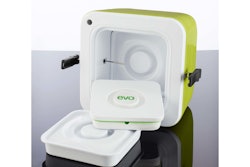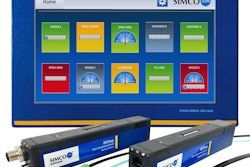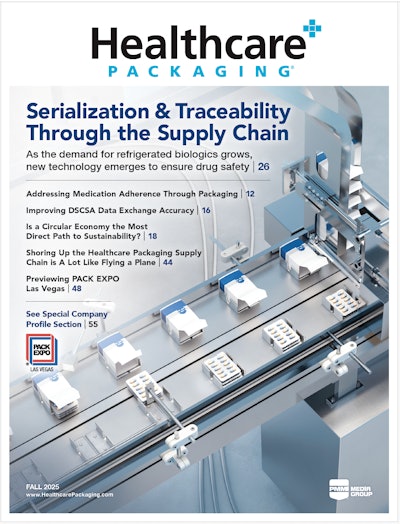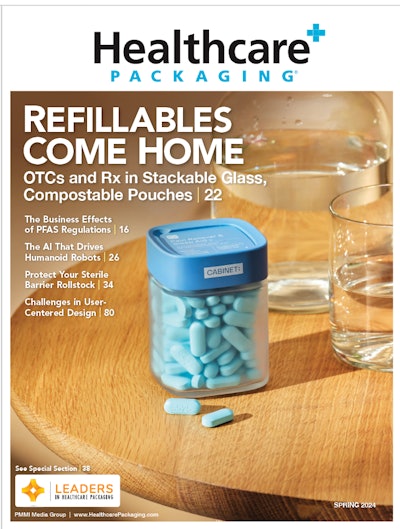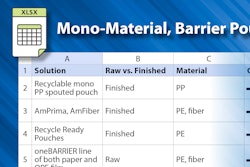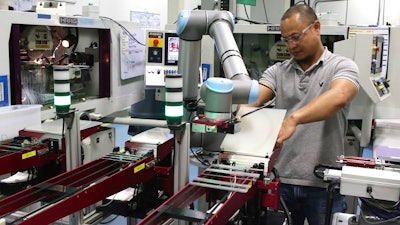
When you think of robots in production applications, large-scale operations in the automotive and packaging industries tend to jump most quickly to mind. With production facilities in Boston, Memphis, and Costa Rica, medical device manufacturer Tegra Medical may not be a very small operation, but its mini work cells where operators interface with automation are. As a result, typical industrial robots were not a viable option for the company when it sought to extend the automation of its production operations. Small, collaborative robots, however, proved to be the right fit.
Driven by a need to lower costs and speed up production with high-volume robotic technology, Tegra Medical was looking for a scalable robotic platform that it could implement, engineer, and maintain on its own without the need for a third-party integrator. Based on the Tegra Medical’s cost, implementation, and use parameters, Universal Robots addressed “all of those areas,” says Hal Blenkhorn, Tegra Medical’s Director of Engineering. Plus “the accuracy and the design [of the Universal Robots were] far above and beyond what we thought anyone else in the market had.”
To date, Tegra Medical has built three robotic workcells. The first two cells produce artery closure devices and each uses a UR5 robot for machine tending. The two UR5s pick up blanks from the feeder, move them between a lathe, a grinder, and a conveyor in a cycle that now takes only 10 seconds to complete compared with 22 seconds using manual labor.




